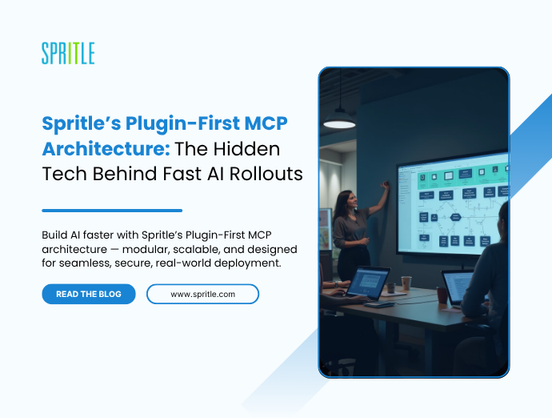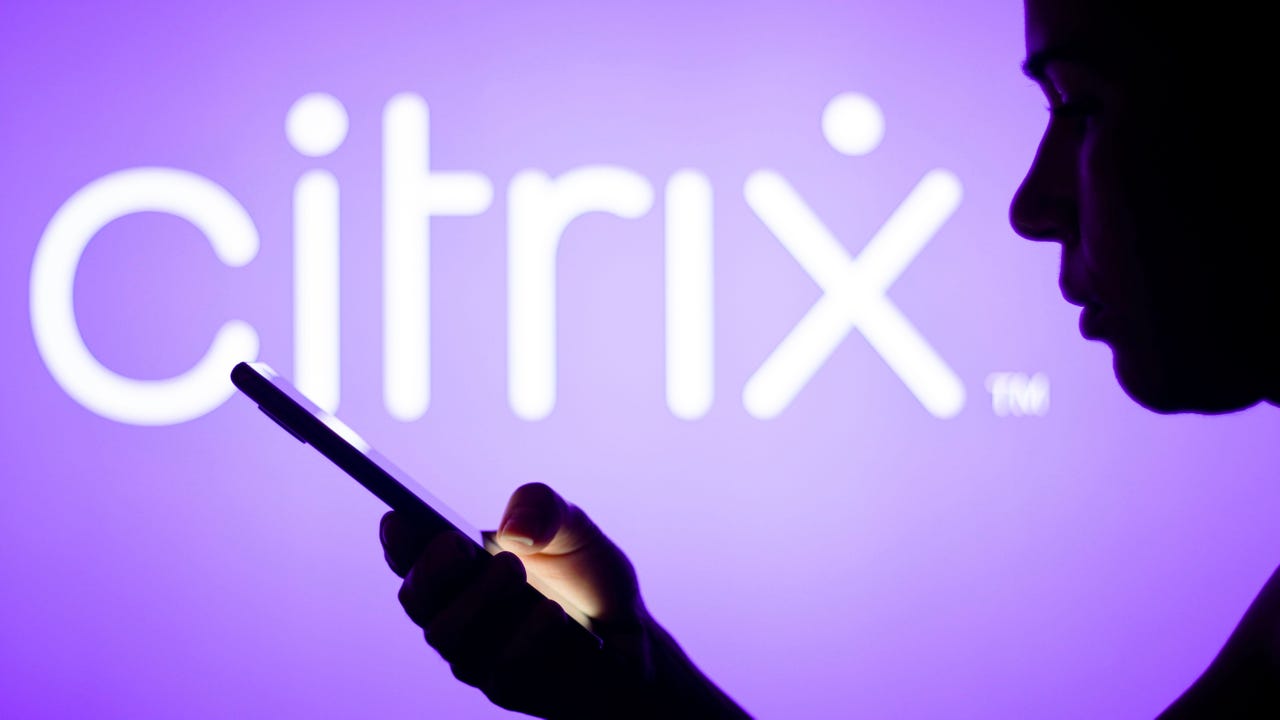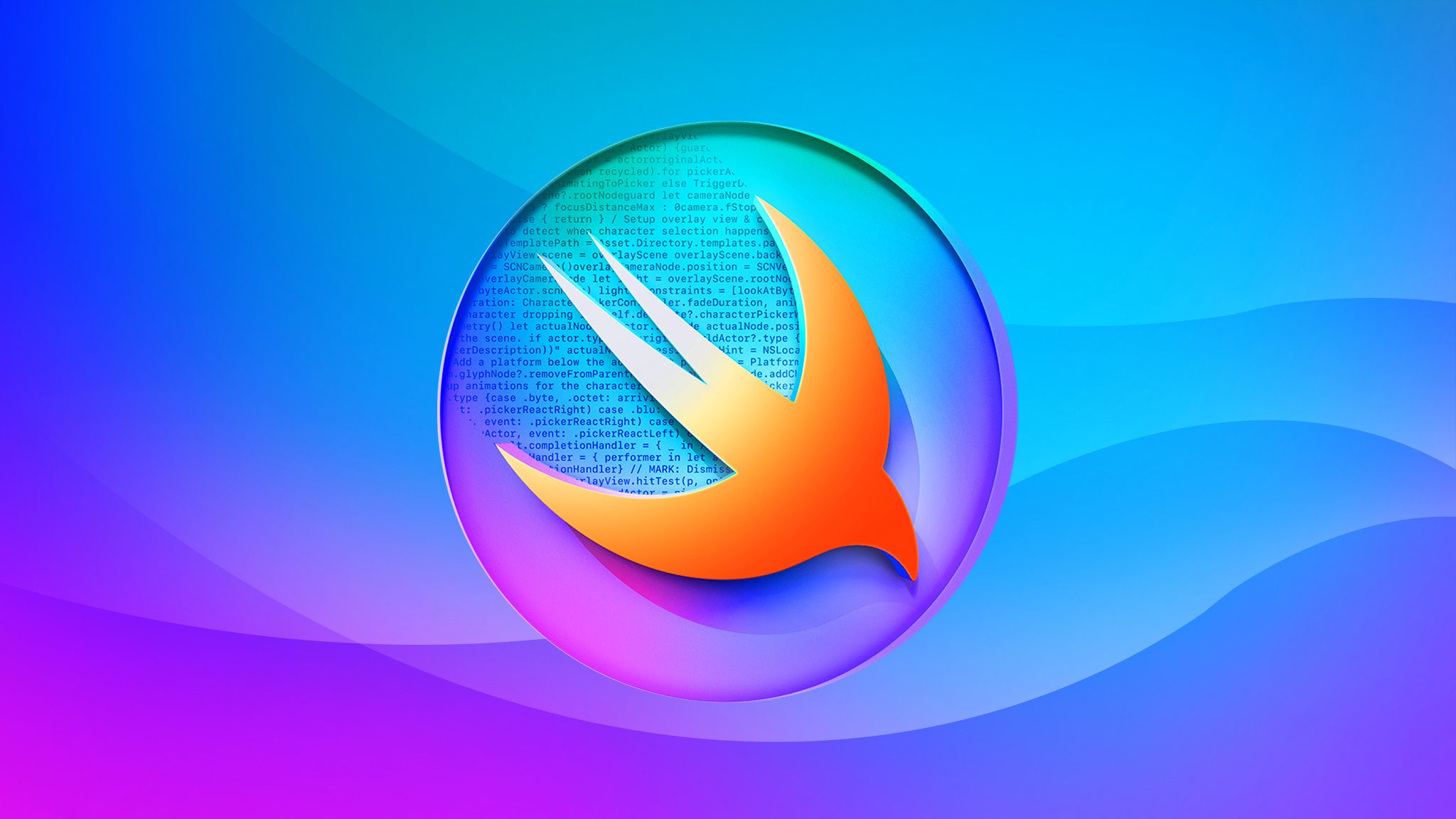WWDC 2025 - Get started with MLX for Apple silicon
At WWDC 2025, Apple unveiled MLX - an open-source array framework specifically engineered for Apple Silicon. For iOS developers venturing into machine learning, MLX represents a paradigm shift that leverages the unique architecture of Apple devices to deliver unprecedented performance. What Makes MLX Different Purpose-Built for Apple Silicon Unified Memory Architecture: Unlike traditional GPU setups with separate memory pools, Apple Silicon shares memory between CPU and GPU Device Flexibility: Runs seamlessly across Mac, iPhone, iPad, and Vision Pro Native Performance: Optimized specifically for Apple's hardware ecosystem Framework Positioning NumPy Compatibility: Drop-in replacement for most numerical computations PyTorch Similarity: Familiar API for developers transitioning from other ML frameworks Swift Integration: Full-featured Swift API alongside Python support Core Architecture Principles Unified Memory Programming Model Traditional ML frameworks follow a "computation follows data" approach - arrays live in specific memory locations (CPU or GPU). MLX revolutionizes this: # Traditional approach: data location determines compute location # MLX approach: specify device per operation c = mx.add(a, b, stream=mx.gpu) # GPU computation d = mx.multiply(a, b, stream=mx.cpu) # CPU computation Key Benefits: Zero-copy operations between CPU and GPU Automatic dependency management Parallel execution capabilities Lazy Evaluation Engine MLX builds computation graphs without immediate execution: Graph Construction: Operations create nodes instead of computing results On-Demand Execution: Computation happens only when results are needed Optimization Opportunities: Framework can optimize entire graphs before execution Resource Efficiency: Pay only for computations actually used Function Transformations Elevates MLX from array framework to powerful ML tool: # Automatic differentiation def sin_function(x): return mx.sin(x) gradient_fn = mx.grad(sin_function) second_derivative = mx.grad(mx.grad(sin_function)) Transformation Categories: Automatic Differentiation: mx.grad for computing derivatives Compute Optimization: mx.compile for kernel fusion Neural Network Development MLX.nn Module Structure Base Class: nn.Module - foundation for all layers and models Standard Layers: Pre-built components like nn.Linear Custom Layers: Inherit from nn.Module for specialized implementations Utilities: Loss functions in nn.losses, initialization in nn.init PyTorch Migration Path MLX intentionally mirrors PyTorch patterns: # MLX Implementation class MLP(nn.Module): def __init__(self, dim, h_dim): super().__init__() self.linear1 = nn.Linear(dim, h_dim) self.linear2 = nn.Linear(h_dim, dim) def __call__(self, x): # Note: __call__ vs forward x = nn.relu(self.linear1(x)) return self.linear2(x) Migration Differences: Use __call__ instead of forward Activation functions as standalone functions: nn.relu(x) vs x.relu() Performance Optimization Strategies Compilation for Speed Transform multi-kernel operations into single fused kernels: @mx.compile def optimized_gelu(x): return x * (1 + mx.erf(x / math.sqrt(2))) / 2 Compilation Benefits: Reduced memory bandwidth usage Lower kernel launch overhead Improved GPU utilization MLX.fast Package Highly optimized implementations of common ML operations: Transformer Components: Positional encodings, normalization layers Attention Mechanisms: Scale dot product attention with configurable masking Specialized Operations: RMS norm, layer normalization RMS Norm Example: # Replace complex implementation with single optimized operation result = mx.fast.rms_norm(x, weight, eps=1e-5) Custom Metal Kernels For specialized operations not covered by existing implementations: source = """ uint elem = thread_position_in_grid.x; out[elem] = metal::exp(inp[elem]); """ kernel = mx.fast.metal_kernel( name="myexp", input_names=["inp"], output_names=["out"], source=source ) Memory and Precision Management Quantization Strategies Reduce model size and increase inference speed: Precision Reduction: 32-bit → 16-bit → 4-bit quantization Flexible Configuration: Configurable bits per element and group sizes Model-Level Quantization: nn.quantize() for entire models Quantization Workflow: # Quantize weights quantized_weight, scales, biases = mx.quantize(weight, bits=4, group_size=32) # Perform quantized operations result = mx.quantized_matmul(x, quantized_weight, scales=scales, biases=biases, bits=4, group_size=32) Large Model Deployment Memory Efficiency: Fit larger models in device memory Inference Speed: Sig

At WWDC 2025, Apple unveiled MLX - an open-source array framework specifically engineered for Apple Silicon. For iOS developers venturing into machine learning, MLX represents a paradigm shift that leverages the unique architecture of Apple devices to deliver unprecedented performance.
What Makes MLX Different
Purpose-Built for Apple Silicon
- Unified Memory Architecture: Unlike traditional GPU setups with separate memory pools, Apple Silicon shares memory between CPU and GPU
- Device Flexibility: Runs seamlessly across Mac, iPhone, iPad, and Vision Pro
- Native Performance: Optimized specifically for Apple's hardware ecosystem
Framework Positioning
- NumPy Compatibility: Drop-in replacement for most numerical computations
- PyTorch Similarity: Familiar API for developers transitioning from other ML frameworks
- Swift Integration: Full-featured Swift API alongside Python support
Core Architecture Principles
Unified Memory Programming Model
Traditional ML frameworks follow a "computation follows data" approach - arrays live in specific memory locations (CPU or GPU). MLX revolutionizes this:
# Traditional approach: data location determines compute location
# MLX approach: specify device per operation
c = mx.add(a, b, stream=mx.gpu) # GPU computation
d = mx.multiply(a, b, stream=mx.cpu) # CPU computation
Key Benefits:
- Zero-copy operations between CPU and GPU
- Automatic dependency management
- Parallel execution capabilities
Lazy Evaluation Engine
MLX builds computation graphs without immediate execution:
- Graph Construction: Operations create nodes instead of computing results
- On-Demand Execution: Computation happens only when results are needed
- Optimization Opportunities: Framework can optimize entire graphs before execution
- Resource Efficiency: Pay only for computations actually used
Function Transformations
Elevates MLX from array framework to powerful ML tool:
# Automatic differentiation
def sin_function(x):
return mx.sin(x)
gradient_fn = mx.grad(sin_function)
second_derivative = mx.grad(mx.grad(sin_function))
Transformation Categories:
-
Automatic Differentiation:
mx.gradfor computing derivatives -
Compute Optimization:
mx.compilefor kernel fusion
Neural Network Development
MLX.nn Module Structure
-
Base Class:
nn.Module- foundation for all layers and models -
Standard Layers: Pre-built components like
nn.Linear -
Custom Layers: Inherit from
nn.Modulefor specialized implementations -
Utilities: Loss functions in
nn.losses, initialization innn.init
PyTorch Migration Path
MLX intentionally mirrors PyTorch patterns:
# MLX Implementation
class MLP(nn.Module):
def __init__(self, dim, h_dim):
super().__init__()
self.linear1 = nn.Linear(dim, h_dim)
self.linear2 = nn.Linear(h_dim, dim)
def __call__(self, x): # Note: __call__ vs forward
x = nn.relu(self.linear1(x))
return self.linear2(x)
Migration Differences:
- Use
__call__instead offorward - Activation functions as standalone functions:
nn.relu(x)vsx.relu()
Performance Optimization Strategies
Compilation for Speed
Transform multi-kernel operations into single fused kernels:
@mx.compile
def optimized_gelu(x):
return x * (1 + mx.erf(x / math.sqrt(2))) / 2
Compilation Benefits:
- Reduced memory bandwidth usage
- Lower kernel launch overhead
- Improved GPU utilization
MLX.fast Package
Highly optimized implementations of common ML operations:
- Transformer Components: Positional encodings, normalization layers
- Attention Mechanisms: Scale dot product attention with configurable masking
- Specialized Operations: RMS norm, layer normalization
RMS Norm Example:
# Replace complex implementation with single optimized operation
result = mx.fast.rms_norm(x, weight, eps=1e-5)
Custom Metal Kernels
For specialized operations not covered by existing implementations:
source = """
uint elem = thread_position_in_grid.x;
out[elem] = metal::exp(inp[elem]);
"""
kernel = mx.fast.metal_kernel(
name="myexp",
input_names=["inp"],
output_names=["out"],
source=source
)
Memory and Precision Management
Quantization Strategies
Reduce model size and increase inference speed:
- Precision Reduction: 32-bit → 16-bit → 4-bit quantization
- Flexible Configuration: Configurable bits per element and group sizes
-
Model-Level Quantization:
nn.quantize()for entire models
Quantization Workflow:
# Quantize weights
quantized_weight, scales, biases = mx.quantize(weight, bits=4, group_size=32)
# Perform quantized operations
result = mx.quantized_matmul(x, quantized_weight, scales=scales, biases=biases,
bits=4, group_size=32)
Large Model Deployment
- Memory Efficiency: Fit larger models in device memory
- Inference Speed: Significantly faster token generation for LLMs
- Quality Preservation: Minimal accuracy loss with proper quantization settings
Distributed Computing
Multi-Device Scaling
MLX supports computation across multiple machines:
-
Communication Primitives:
mx.distributed.all_sum()for cross-device operations - Network Flexibility: Ethernet or Thunderbolt connectivity
-
Simple Launcher:
mlx.launchcommand for multi-machine deployment
Use Cases:
- Large models exceeding single-device memory
- Distributed fine-tuning across multiple Macs
- Parallel evaluation on large datasets
Swift Integration for iOS
Native iOS Development
MLX Swift provides full ML capabilities for iOS applications:
- Platform Coverage: macOS, iOS, iPadOS, visionOS
- Xcode Integration: Standard Swift package manager support
- API Consistency: Intentionally similar to Python API
Swift vs Python API Comparison
// Swift
let a = MLXArray([1, 2, 3])
let b = MLXArray([4, 5, 6])
let c = a + b
Implementation Considerations:
- Same core features available in both languages
- Choose Python for prototyping, Swift for production iOS apps
- Seamless transition between development environments
Getting Started Recommendations
Installation and Setup
-
Python:
pip3 install mlx - Swift: Add MLX Swift package to Xcode project
- Examples: Extensive example repositories for both languages
Learning Resources
- Official Documentation: Comprehensive guides and API references
- Community Models: Active Hugging Face organization with latest models
- Example Projects: Language models, image generation, speech recognition
Development Strategy
- Start with Python: Rapid prototyping and experimentation
- Leverage Examples: Build upon existing implementations
- Optimize Incrementally: Apply compilation and quantization as needed
- Deploy with Swift: Integrate into production iOS applications
Strategic Implications for iOS Development
Competitive Advantages
- On-Device Intelligence: Reduce cloud dependency and latency
- Privacy Preservation: Keep sensitive data on device
- Performance Optimization: Leverage Apple Silicon's unique architecture
- Cost Efficiency: Eliminate inference costs for deployed models














































































































































































![[The AI Show Episode 156]: AI Answers - Data Privacy, AI Roadmaps, Regulated Industries, Selling AI to the C-Suite & Change Management](https://www.marketingaiinstitute.com/hubfs/ep%20156%20cover.png)
![[The AI Show Episode 155]: The New Jobs AI Will Create, Amazon CEO: AI Will Cut Jobs, Your Brain on ChatGPT, Possible OpenAI-Microsoft Breakup & Veo 3 IP Issues](https://www.marketingaiinstitute.com/hubfs/ep%20155%20cover.png)

























































































































![Rust VS Go VS TypeScript – which back end language is for you? With Tai Groot [Podcast #176]](https://cdn.hashnode.com/res/hashnode/image/upload/v1750974265013/73f79068-0087-4c39-8a8b-feea8cac873b.png?#)















































































































.jpg?width=1920&height=1920&fit=bounds&quality=70&format=jpg&auto=webp#)





















































































































































































































